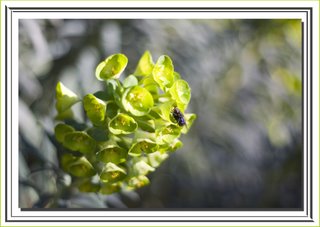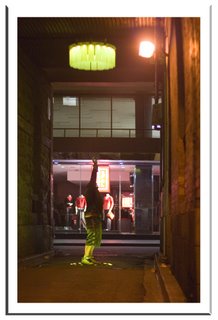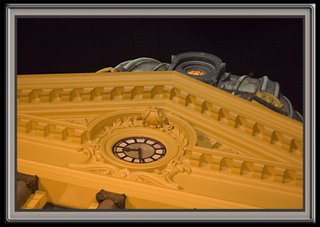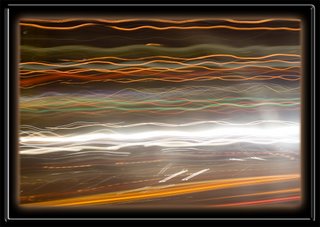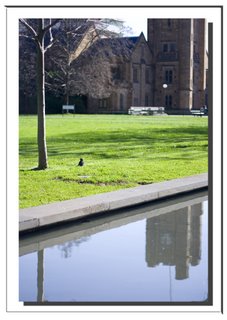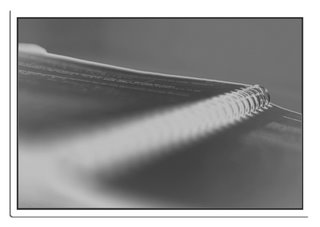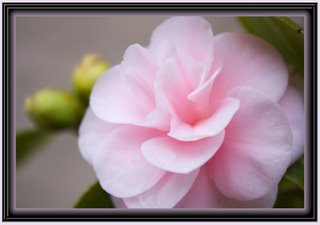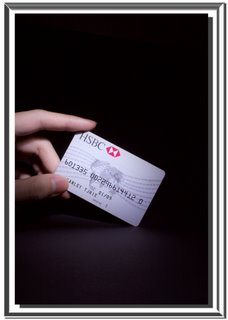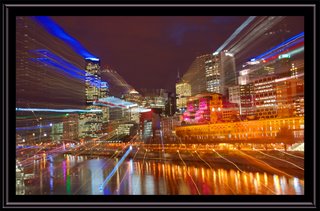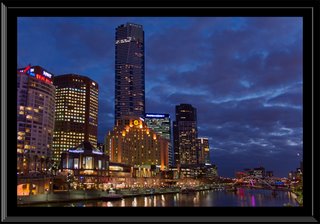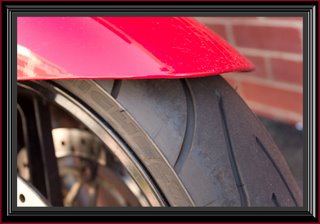Piano

This grand piano was shot in Jane King's House. Chandra moved in there about last week which gave me the chance to get the shot. It is made in New York in 1859. A really lovely and well preserved antique.
The piano produces sound by striking steel strings with
felt hammers. Vibrations are transmitted through the
bridges to the
soundboard.
The word
piano is a shortened form of the word
pianoforte, which is seldom used except in formal language and derived from the original
Italian name for the instrument,
gravicèmbalo col piano e forte (literally
harpsichord with soft and loud). This refers to the ability of the piano to produce notes at different volumes depending on how hard the keys are pressed.
Grand pianos have the frame and strings placed horizontally, with the strings extending away from the keyboard. This makes the grand piano a large instrument, for which the ideal setting is a spacious room with high ceilings for proper resonance. There are several sizes of grand piano. Manufacturers and models vary, but a rough generalisation distinguishes the "concert grand", (between about 2.2 m to 3 m long) from the "boudoir grand" (about 1.7 m to 2.2 m) and the smaller "baby grand" (which may be shorter than it is wide). All else being equal, longer pianos have better sound and lower
inharmonicity of the strings. This is so that the strings can be tuned closer to
equal temperament in relation to the standard pitch with less stretching. Full-size grands are usually used for public concerts, whereas baby grands are often chosen for domestic use where space and cost are considerations.
Upright pianos, also called
vertical pianos, are more compact because the frame and strings are placed vertically, extending in both directions from the keyboard and hammers. It is considered harder to produce a sensitive piano action when the hammers move horizontally, rather than upward against gravity as in a grand piano; however, the very best upright pianos now approach the level of grand pianos of the same size in tone quality and responsiveness. However, one feature of the grand piano action always makes it superior to the vertical piano. All grand pianos have a special repetition lever in the playing action that is absent in all verticals. This repetition lever, a separate one for every key, catches the hammer close to the strings as long as the key remains depressed. In this position, with the hammer resting on the lever, a pianist can play repeated notes, staccato, and trills with much more speed and control than they could on a vertical piano. The action design of a vertical prevents it from having a repetition lever. Because of this, piano manufacturers claim that a skilled piano player can play as many as 14
trill (music) notes per second on grands but only seven on uprights. For recent advances, see
Innovations in the piano.
Almost every modern piano has 88 keys (seven
octaves plus a minor third, from A0 to C8). Many older pianos only have 85 keys (seven octaves from A0 to A7), while some manufacturers extend the range further in one or both directions. The most notable example of an extended range can be found on
Bösendorfer pianos, two models which extend the normal range downwards to F0, with one other model going as far as a bottom C0, making a full eight octave range. Sometimes, these extra keys are hidden under a small hinged lid, which can be flipped down to cover the keys and avoid visual disorientation in a pianist unfamiliar with the extended keyboard; on others, the colours of the extra white keys are reversed (black instead of white). The extra keys are added primarily for increased resonance; that is, they vibrate sympathetically with other strings whenever the damper pedal is depressed and thus give a fuller tone. Only a very small number of works composed for piano actually use these notes. More recently, the
Stuart and Sons company has also manufactured extended-range pianos. On their instruments, the range is extended both down the bass to F0 and up the treble to F8 for a full eight octaves. The extra keys are the same as the other keys in appearance.
(courtesy
wikipedia.com)
